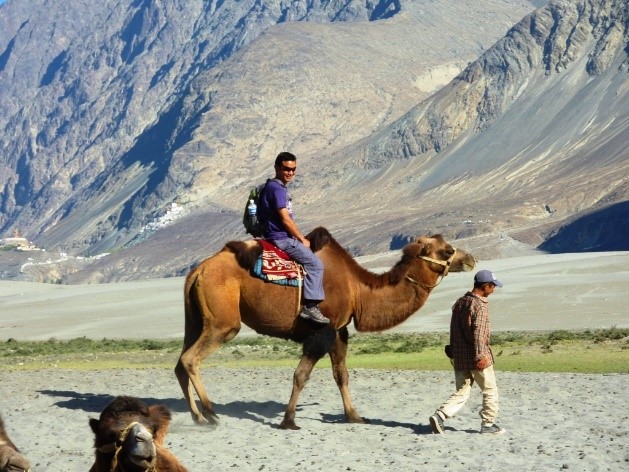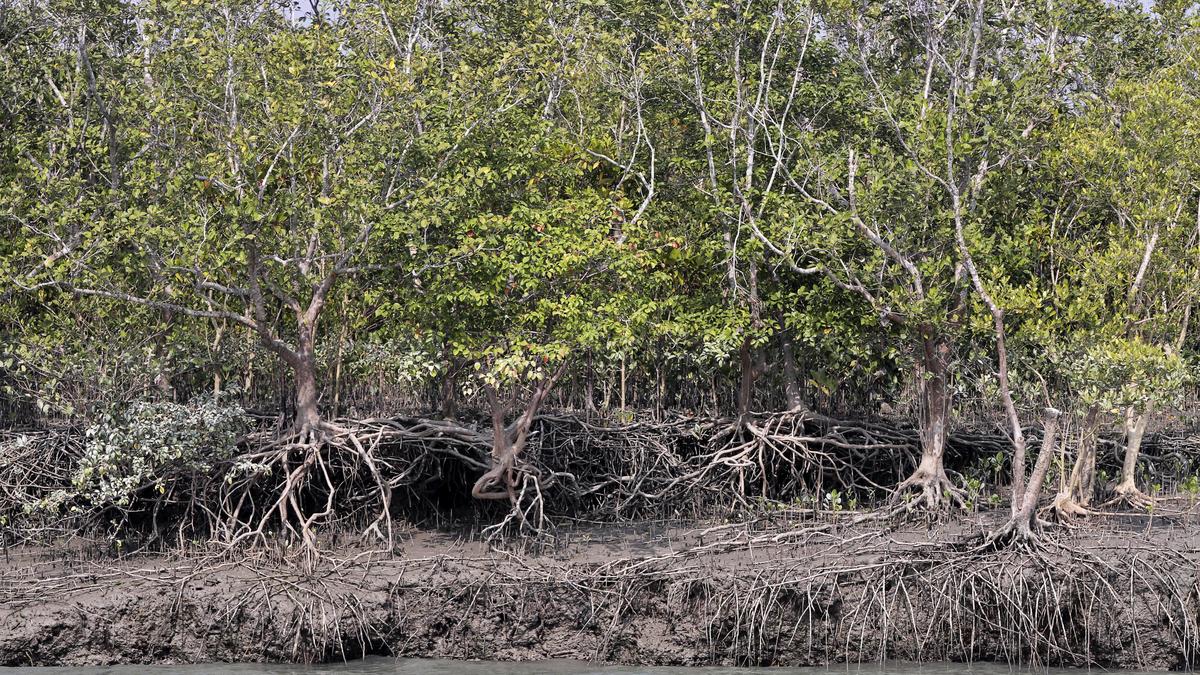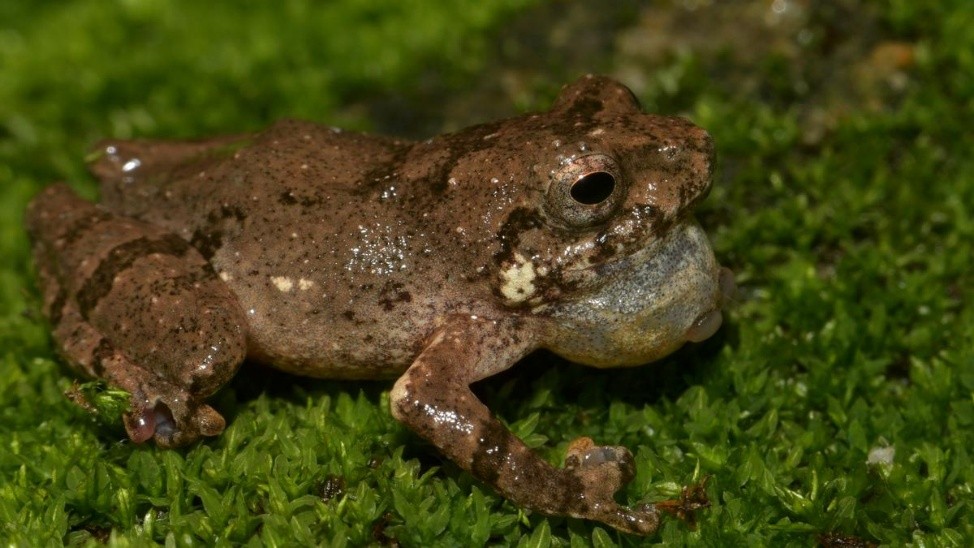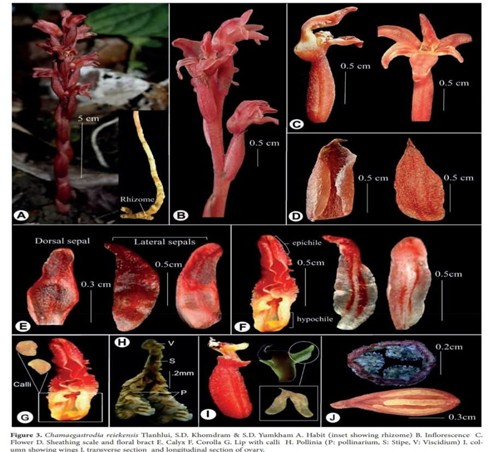Description

Disclaimer: Copyright infringement not intended.
Context
- The Army said it has deployed double-humped camels for logistical support to the troops in eastern Ladakh.
Bactrian Camel
- The Bactrian Camel (Camelus bactrianus), also known as the Mongolian camel, domestic Bactrian camel or two-humped camel, is a large even-toed ungulate native to the steppes of Central Asia. It has two humps on its back, in contrast to the single-humped dromedary.
- Domesticated Bactrian camels have served as pack animals in inner Asia since ancient times.
- With its tolerance for cold, drought, and high altitudes, it enabled the travel of caravans on the Silk Road.
- These camels are migratory, and their habitat ranges from rocky mountain massifs to flat steppe, arid desert, (mostly the Gobi Desert), stony plains and sand dunes.
- The Bactrian camel is the largest mammal in its native range and is the largest living camel.
- Body mass can range from 300 to 1,000 kg.
.jpg)
Bactrian Camels in Ladakh
- Bactrian camels, also known as double-humped camels, which are mainly used for carrying goods but are also popular among tourists for safaris in the Nubra valley in the Union Territory.
- Bactrian (double humped) camels are deployed in Eastern Ladakh as an innovative means for last-mile delivery of critical load and mounted patrolling in sandy terrain of plateau.
- The utilisation of camels, generated employment for public and also paved way for the conservation of fast dwindling population of double-humped camels in Ladakh.
|
PRACTICE QUESTION
Q. Consider the following statements with reference to Bactrian Camel:
1. It has tolerance for cold, drought, and high altitudes.
2. It is the largest mammal in its native range and is the largest living camel.
3. Its body mass can range from 300 to 1,000 kg.
Which of the above statements is/are correct?
A) 1 and 3 only
B) 2 only
C) 3 only
D) All
Answer: D) All
|
















